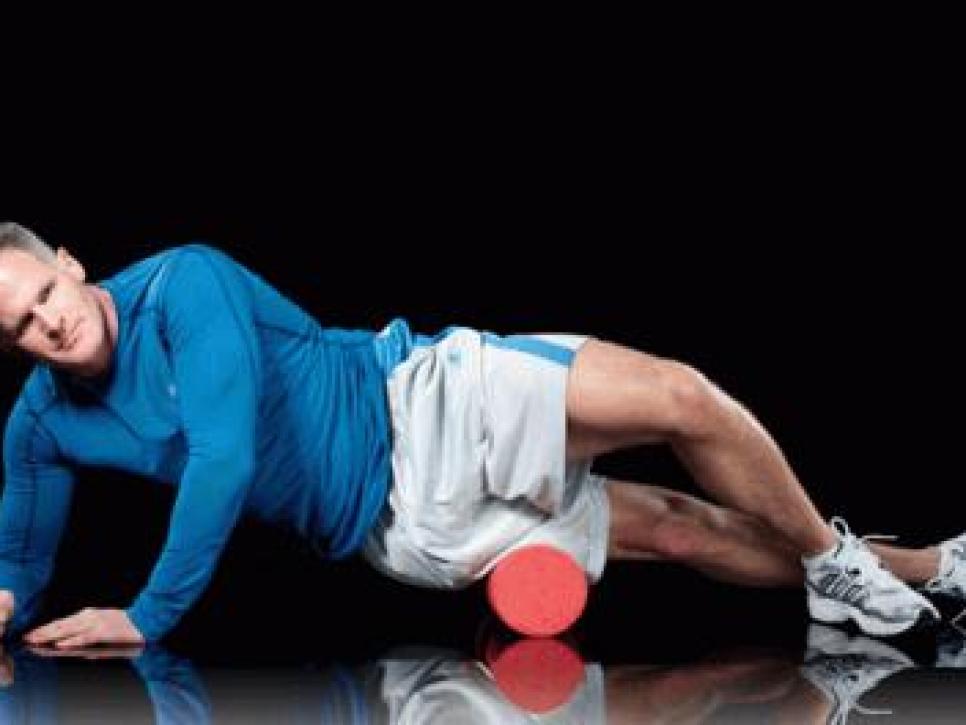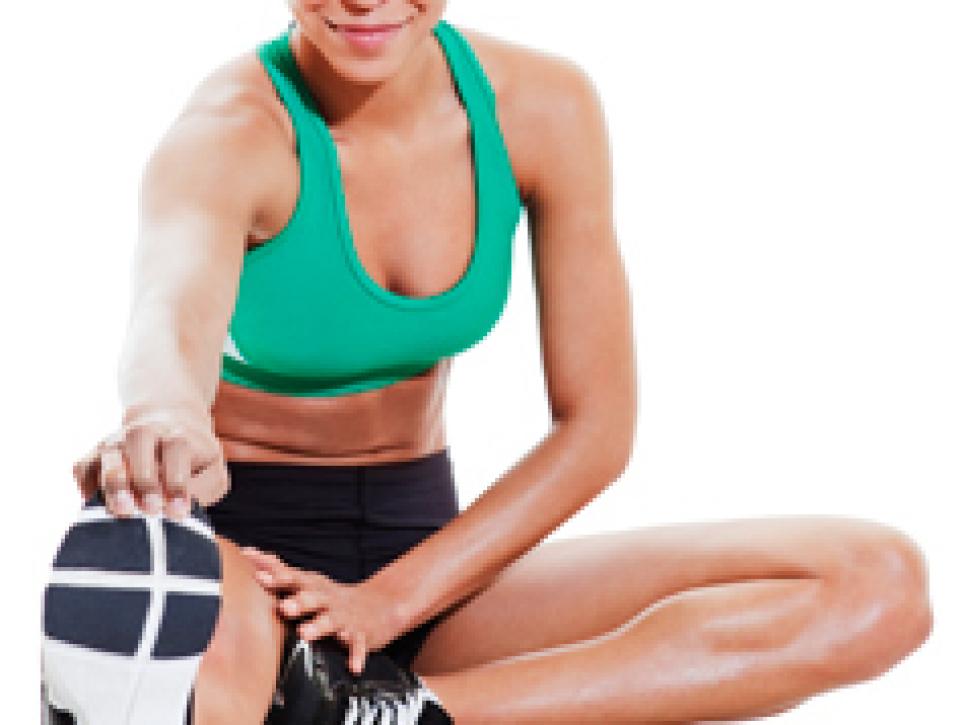The Loop
Fitness Friday: Organizing a workout
If you're a casual gym goer, you probably haven't given much thought to the order of your exercise plan. Notice I didn't say exercise "routine"? As I've said in the past, "routine" is a bad word in fitness. You should mix things up often--not only to give your muscles a greater challenge, but also to keep you mentally fresh. With that said, you still need to follow some basic logic when planning your workout.
While I encourage you to try many different exercises, you should do it under the following framework:

__
__*Photo by Erik Isakson
*____
__FOAM ROLLING/SOFT-TISSUE MANIPULATION:
__Before starting any workout, it's always a good idea to massage the connective tissue (fascia) and muscles that you plan to train. Pressing a foam roller along areas of the body such as your hips, hamstrings, glutes, shoulders (above), etc., can help increase the range of motion in the muscle and also reduce recovery time from soreness. You don't have to use a foam roller. Massage sticks are also effective as are things like tennis balls. This part of your workout can be done in 10 minutes or less and isn't mandatory, but you'll be surprised how much it improves the quality of your exercise and also the functionality of your muscles.

__MOVEMENT PREP:
__I've stolen this term from my friend Mark Verstegen, who trains professional athletes around the world. Essentially what it means is that before you add the external load of weights, cables, resistance bands to any exercise, you should perform a series of "warm-up" movements with your body weight only. A great example would be doing push-ups before doing an alternate-arm dumbbell bench press. Before doing Romanian deadlifts, you should do a set of inverted hamstring stretches. The idea is to prep the muscle before making it move heavy loads. In fact, a good rule of thumb is to always do body-weight only exercises before moving on to weights, cables, etc. I'll concede that you can use light resistance bands in this part of your training, but nothing too thick.
STRENGTH TRAINING:
Now that you've prepped, you can move on to exercises that add external loads to your body. Things such as chops and lat pulls with the cable machine, goblet squats with a dumbbell, and barbell bench presses. Think of this phase of your workout as doing anything involving heavier weights in calm, controlled movements. That last part is key. This is not the time to be moving in a violent, explosive manner.
__
POWER TRAINING:__
The final segment of your workout involves fast, explosive movements. Golf is a fast-twitch muscle sport. The swing itself lasts less than 1.5 seconds, so it's important to train your muscles to expand and contract as quickly as they can. Fast-twitch fiber can be trained by doing exercises that require strength and speed (power). A few examples would be to do a standing broad jump or a medicine-ball wall throw. Plyometric exercises are great. So are any exercises where resistance bands are employed to deter speed.
FINAL NOTE
This might sound like a lot to do, particularly if you only have 30 minutes of gym time. But I would break it down in this manner: 15 percent of your time on tissue massage, 25 percent on movement prep, 30 percent on strength training and 30 percent on power. The benefit of doing all of this as quickly as you can is that you also improve your cardiovascular health.
Ron Kaspriske is the fitness editor for Golf Digest
(Photo by Getty Images)

